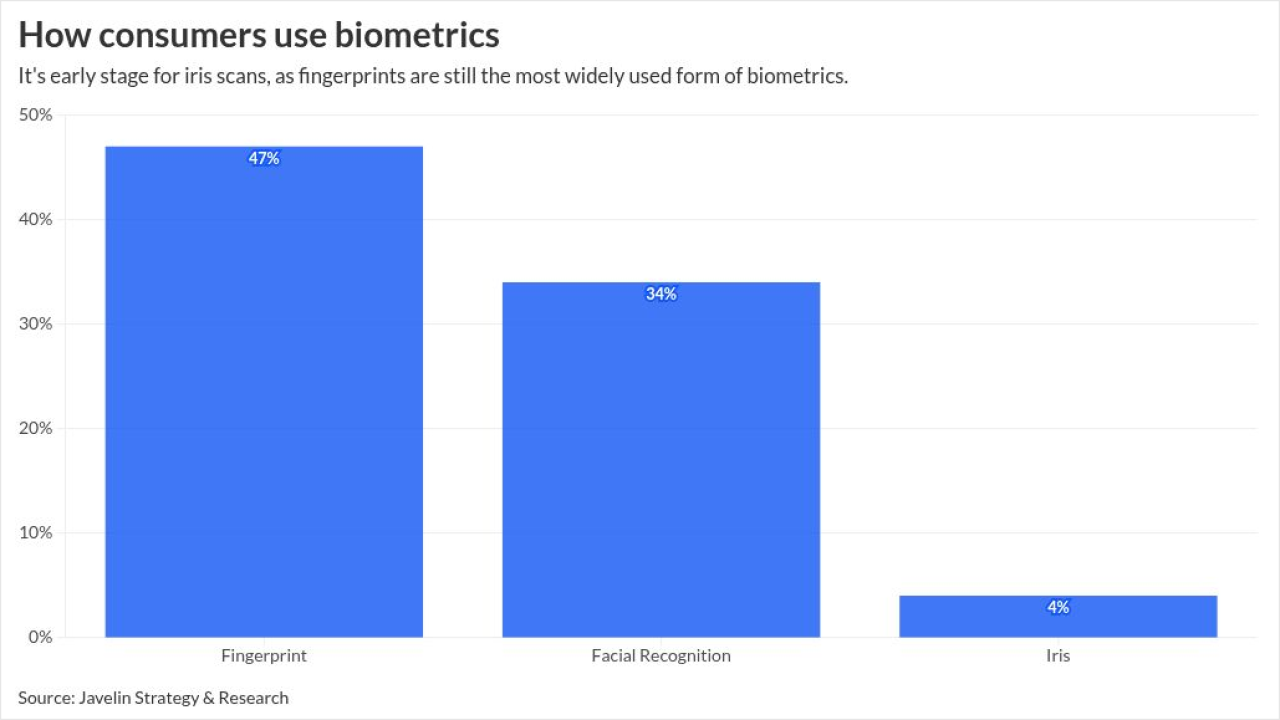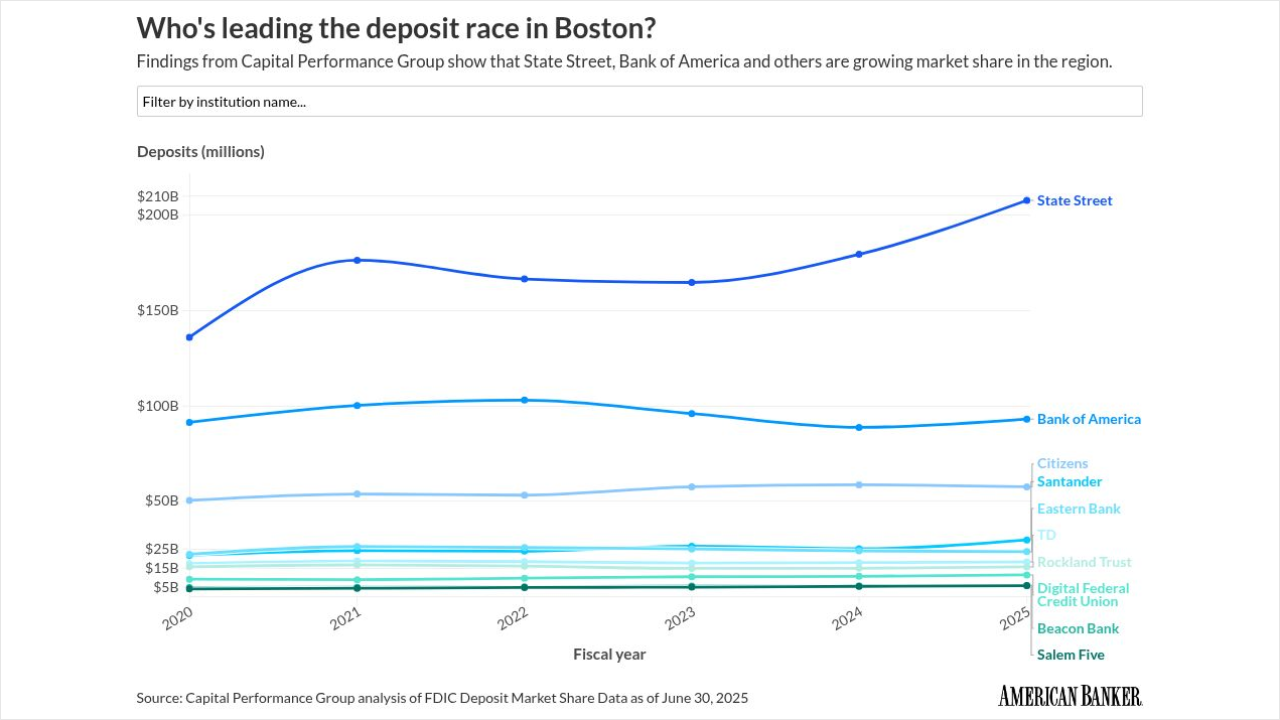In an age of rapid technological growth and big data, best practices for business-to-consumer interactions have never been more hyper-personalized.
Machine learning and artificial intelligence are revolutionizing how businesses engage with consumers through tailored digital experiences based on a consumer’s unique preferences.
As examples, Netflix and YouTube use a suggestion algorithm for content users might enjoy based on their viewing history; digital ads recommend products we might need based on our online activity, and Amazon automatically refills products we need when they’re scheduled to run out. As this new business-to-consumer relationship has become standard, customers in many industries now expect a certain level of tailored interaction to meet their needs.
Today’s consumers increasingly live in a world of customization, and their expectations mirror the need for a seamless consumer experience that addresses their personal preferences. In fact, statistics show consumers overwhelmingly require some form of personalization. According to recent studies from Accenture, up to
As consumers increasingly expect personalization as a standard of service from a range of experiences including personal media and shopping online, the financial services industry must accelerate its push to deliver more personalized digital financial services. Despite the rapid changes in technology and customer preferences, a number of banks and financial service providers believe they are not yet delivering the best practice in personalization to their consumers. However, most financial service providers consider it an essential technology to have in their tool belt when anticipating consumer behavior and providing relevant financial insights based on consumers’ saving, investing and spending habits.
Hyper-personalization presents an opportunity for financial service providers to offer consumers a personalized experience similar to those delivered by companies like Netflix, YouTube and Amazon. Although hyper-personalization is still in the early phases of definition within the financial space, access to personalized tools can clearly help shape consumer’s financial wellness, across the spectrum of spending, borrowing, saving and planning.





